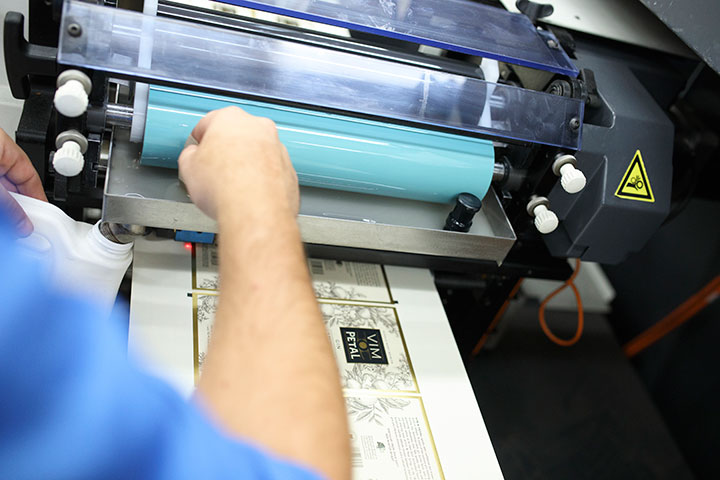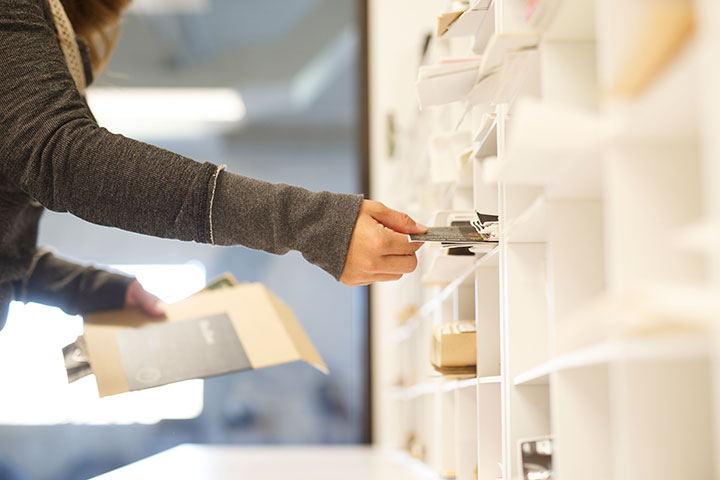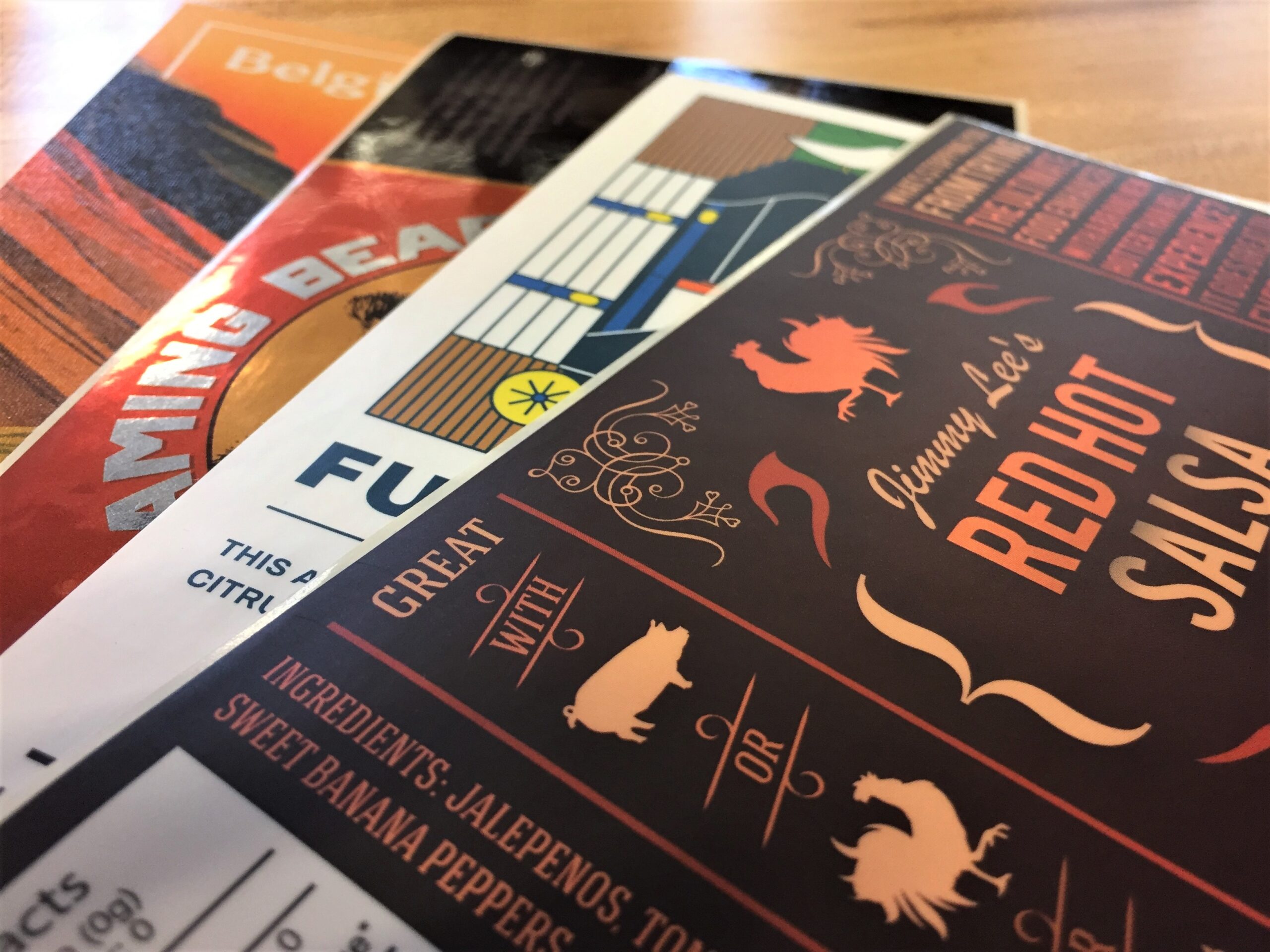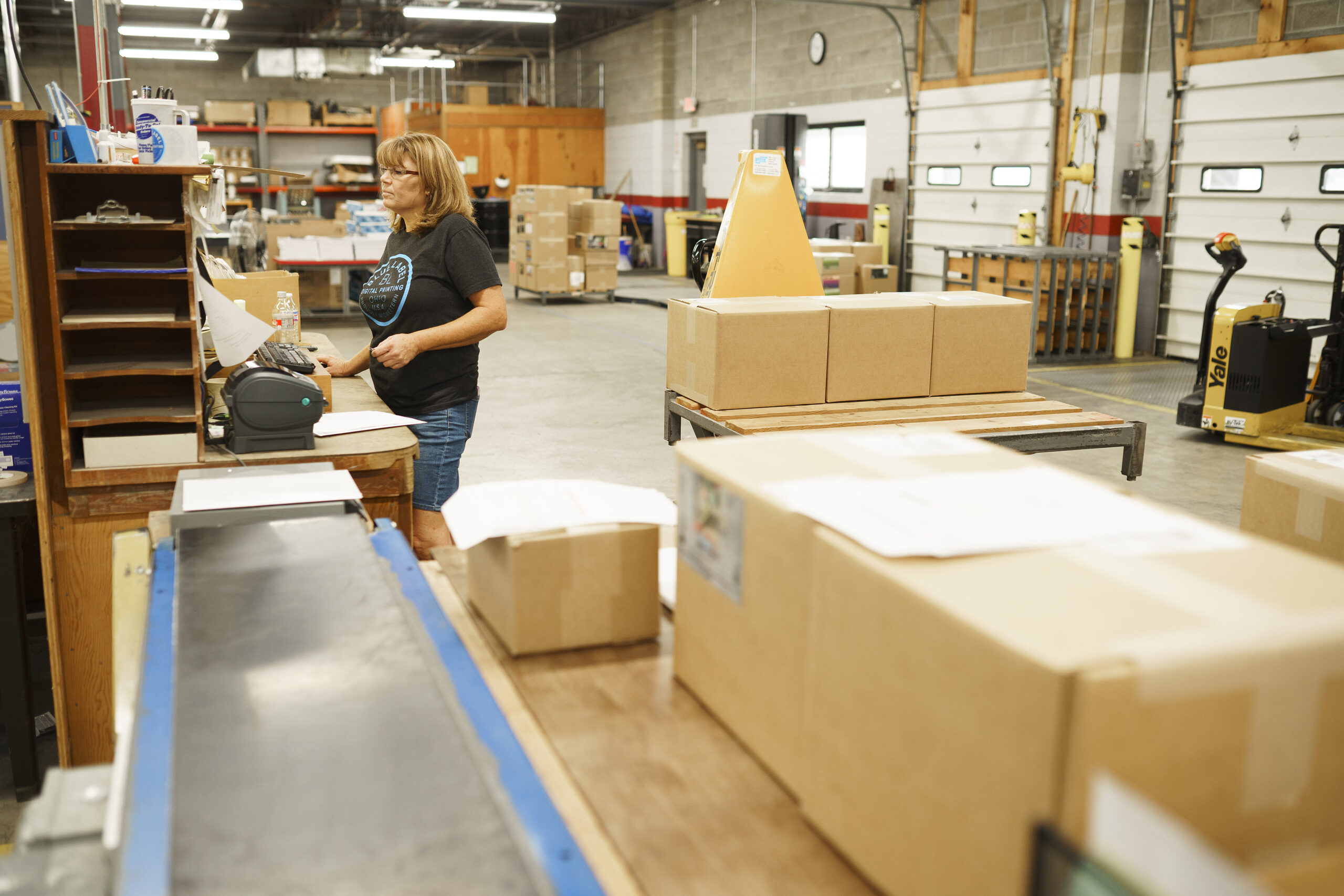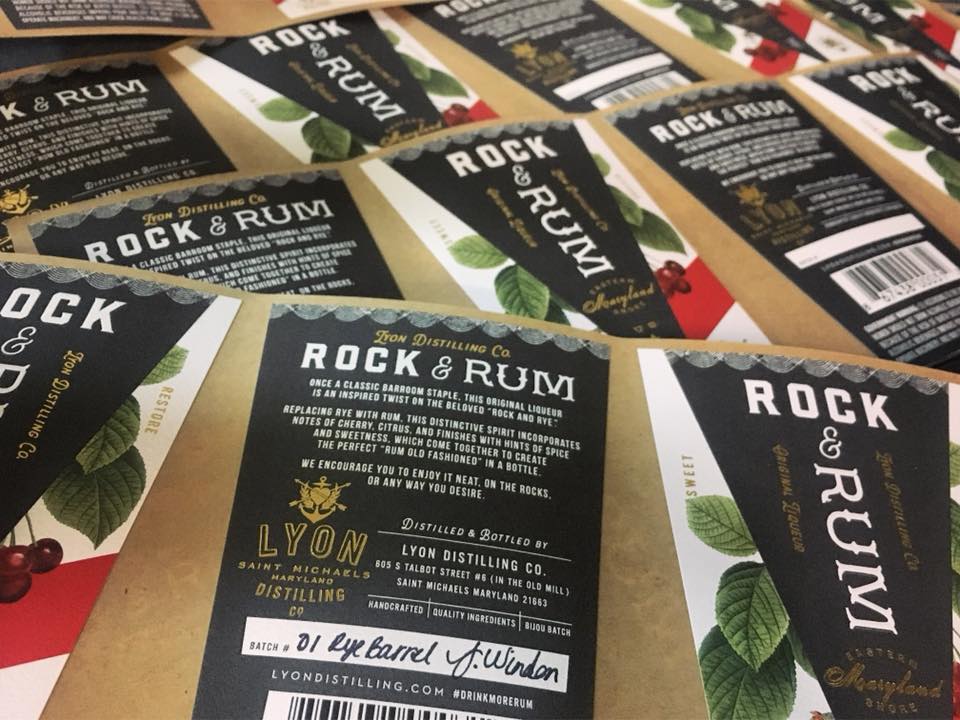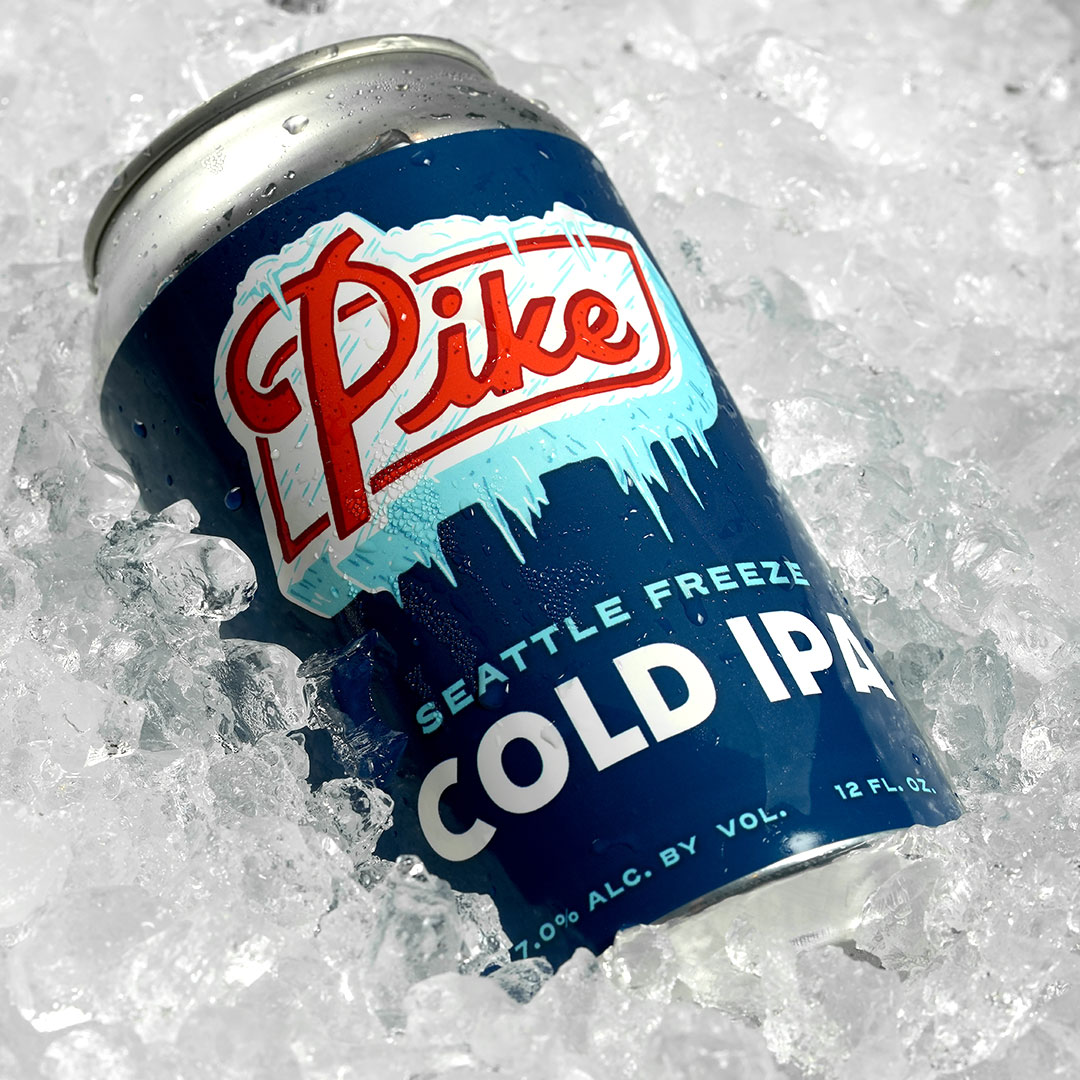What to Consider When Selecting a Pressure Sensitive Label Adhesive
- adhesives
- application
- pressure sensitive labels
There are many different factors that can help you determine which type of adhesive would be best for your pressure sensitive labels, such as environmental and material concerns. Here are some things you should consider when choosing which adhesive would be best-suited for your label’s needs.
Surface
What your labels will be placed on plays a big role in how well they can adhere to your packaging. Some surface materials provide better adhesion than others, which can depend on a couple of factors.
Surface Energy
Different surfaces have different levels of energy that can impact an adhesive’s ability to “wet out” an area where a label is placed. In simpler terms, some materials make it harder for an adhesive to evenly spread out, making it less likely that a label will stick to that surface. High-energy surfaces like most metals and glass are great for adhesion. Plastics can vary in surface energy. Lower-energy materials like polystyrene, nylon, and EVA may require a stronger adhesive to ensure that your labels will last.
Roughness
Like surface energy, the roughness of a material can impact adhesion. Smoother surfaces are much more accepting of adhesives, while rougher materials may pose some problems. This is because the adhesive coat may not be able to flow as well into any bumps or abscesses in the material, leading to a weaker bond. To fix this, consider using a stronger adhesive or heavier coat.
Shape
Labels don’t always go on flat surfaces. Bottles or other containers can feature curved or compound surfaces that can complicate the adhesive process. A curved surface may require a stronger adhesive that will adhere quickly and prevent the label from lifting at the edges. Full wrap labels are another option. Compound curves will require a special facestock, such as a film, that can properly conform and adhere to the surface.
Conditions
In general, 72 degrees Fahrenheit and 50 percent relative humidity are ideal for storage, but you may not always have a climate-controlled warehouse at your disposal. If that’s the case, you’ll want to consider a few potential situations.
High humidity and moisture
Water can prove problematic for certain label adhesives. Whether you’re dealing with humid conditions or have a product that may end up it a bucket full of ice, you’ll want to side with a moisture-resistant label adhesive that can last even after getting wet. For example, removable labels are more susceptible to humidity, which can impact how well they’ll stick to a surface over time.
Temperature
Certain label adhesives can be negatively impacted by both high and low temperatures. This can be extremely problematic for products that will end up in someone’s cooler or may get brought to the beach. Acrylic adhesives can be a good choice for labels that will be exposed to higher temperatures. Adhesives can also have a minimum application temperature, so you need to consider the conditions of your applicating environment as well.
UV Light
The sun isn’t always your friend. Long-term UV light exposure can break down rubber adhesives. If your label has a chance to be out in the sun or any other environment with UV light, it’s time to consider a special adhesive built to last in those conditions.
Contamination
Adhesives work best on clean surfaces, but it’s not always possible to remove every trace of contamination. These can include:
- Oil
- Grease
- Dust
- Dirt
- Moisture
- Ice
- Smudged fingerprints
Before you apply your labels, try to remove any contaminants from the surfaces of your packaging. If it isn’t always possible to remove any existing contamination, a full wrap label that overlaps may be a more secure option.
How to Select a Pressure Sensitive Label Adhesive
Choosing the right label adhesive involves weighing a variety of factors, all of which can play an important role in ensuring that your labels adhere properly to your packaging. It can be difficult to find the right label solution that balances both performance needs and budgetary limitations, especially without any background in label printing.
While you may not be able to pick out the exact type of adhesive, you can work with a label printing company that can. At Blue Label, we’ll work with you to review what factors may affect your labels, as well as any other issues that may impact their performance. Contact us today about you about how we can help you with your next label project.
